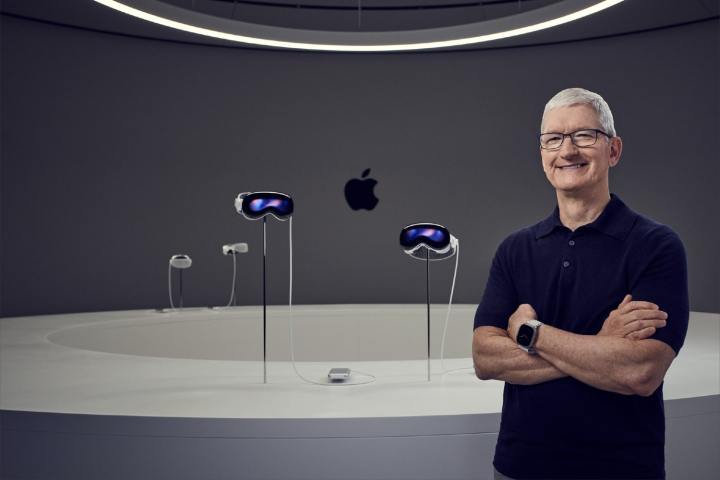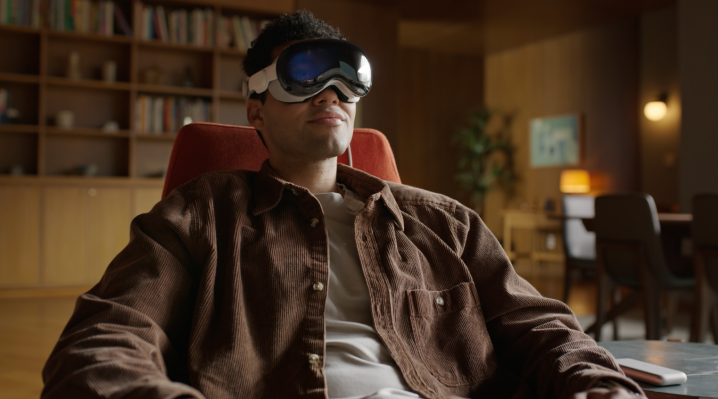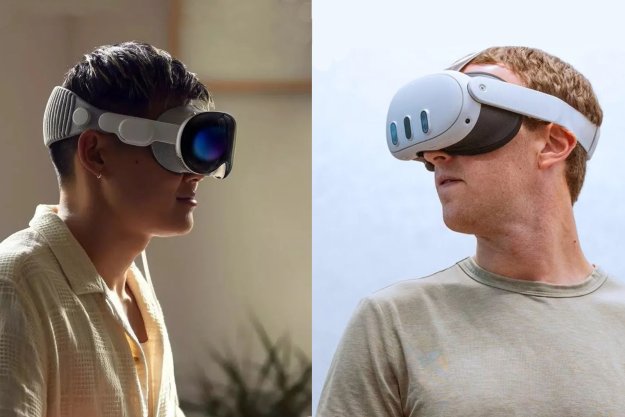Apple’s Vision Pro headset is probably one of the most complex products the company has ever launched, but a new report has highlighted just how much Apple is struggling with the device. It suggests people are finding the headset uncomfortable and that it could take even longer to become widely available than we previously thought.
The news has come to light thanks to a new report from journalist Mark Gurman, a reporter who has an accurate track record when it comes to Apple leaks and rumors. According to Gurman, the Vision Pro “will be Apple’s most complex debut to date and will require sorting out tricky supply chain logistics, training salespeople how to set up the device and teaching customers how to use it.”

There are also problems being highlighted by Apple’s product testers. Gurman claims that “During testing of the device, Apple determined that some people with smaller body sizes and heads would struggle to wear the headset for more than half an hour or so.”
That’s far below the two hours Apple says the Vision Pro will last on a single battery charge. To combat the problem, Gurman says Apple is testing a second headband strap, although its design hasn’t yet been finalized.
Speaking of the battery, it’s a standalone accessory that you slip into a pocket and attach to the headset via a cable. Yet Apple has realized that not everyone will be wearing clothes with pockets while using the headset, so won’t have anywhere to put the battery pack in use. It seems like a bit of an oversight, and Apple has allegedly “considered asking accessory makers to create shoulder-worn pouches.”
A limited, complex launch

As for the product launch, it’s looking like it will be pretty limited. You’ll be required to make an appointment at an Apple Store, Gurman says, because the fitting process could be complicated. Apple is developing an iPhone app that will scan your face to ensure a perfect seal around the edges of the headset, which will prevent any light from working its way in. That alone will require Apple Store staff to help.
However, because staff will need to be trained on how to use the device and help customers with it, Apple “doesn’t anticipate partnering with third-party resellers to offer the Vision Pro until at least 2025.” That means if you’re hoping for a little retailer competition and subsequent discounts on the $3,500 starting price, you’ll have to wait.
And if you’re outside the U.S., you’ll have to wait anyway. While the Vision Pro will go on sale in the U.S. in early 2024, Gurman believes Apple is planning to roll it out in its next markets — the U.K. and Canada — in late 2024, with Asia and Europe following afterward. That’s quite a wait if you’re not based in the U.S.
Slashing sales

Apple Stores could also struggle to stock the vast number of accessories for the headset, according to Gurman. This could include a huge array of sizes for the light seal, as well as “hundreds or thousands” of add-in prescription lenses. There might also be cases and screen protectors to account for, too. All of these accessories would add strain to Apple’s supply chain.
In the end, Apple may only sell around 400,000 units in its first year, according to the Financial Times. That’s down from the 900,000 figure that Gurman quoted in May 2023 — and far few than the “high-single-digit millions of units” Apple had envisioned several years ago, the journalist reports.
All in all, Apple seems to be facing a deluge of obstacles with its Vision Pro headset, from customer discomfort to lengthy waits for anyone outside the U.S. If any company can overcome these hurdles, it’s Apple and its legendary supply chain expertise. Yet even experienced operators like Tim Cook could struggle with this once-in-a-generation launch process.
Editors' Recommendations
- The Vision Pro is already in trouble. Here’s how Apple can turn the tide
- How to try out the Vision Pro headset yourself
- Vision Pro 2: everything we expect from the future of Apple’s headsets
- Apple’s next Pencil may work with the Vision Pro headset
- Does the Apple Vision Pro come with a battery?




